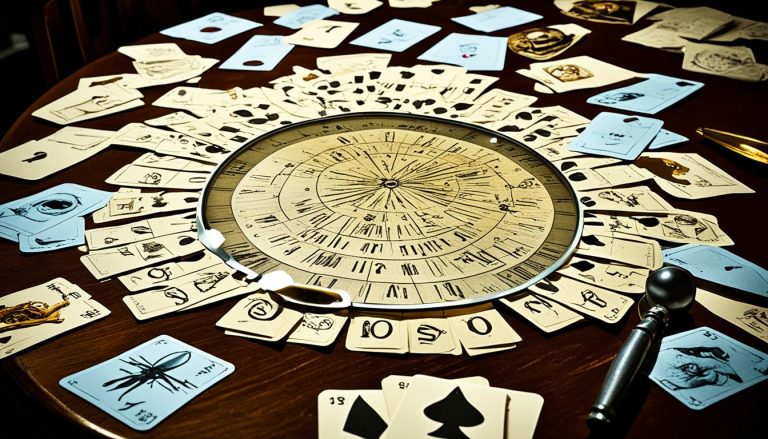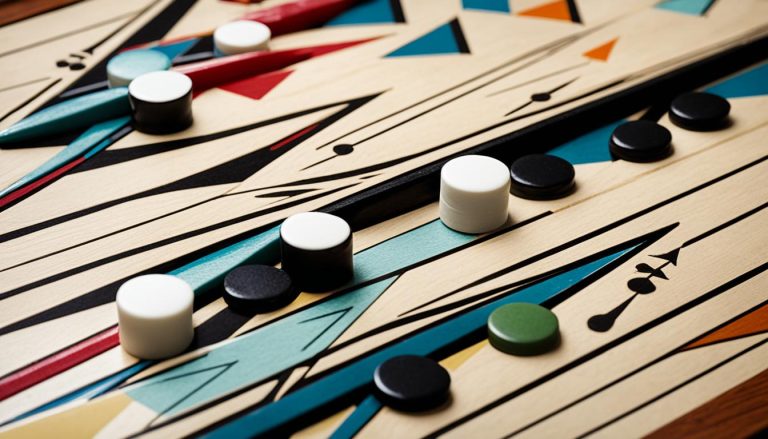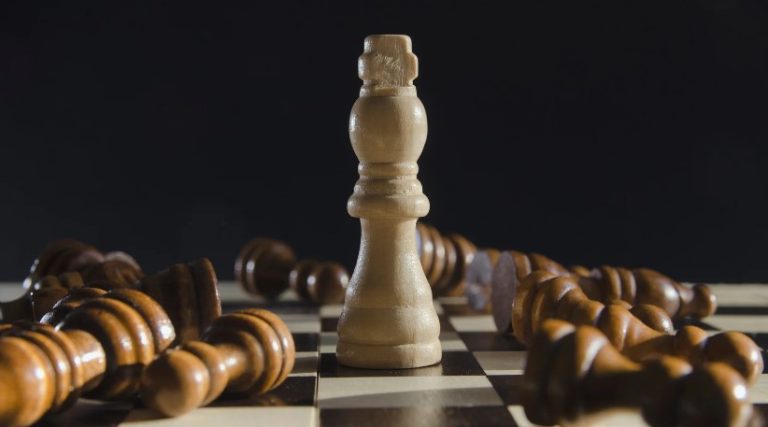Welcome to our beginner’s guide on how to play curling effectively! If you’re new to this fascinating winter sport and eager to learn curling rules and techniques, you’ve come to the right place. Curling is a team sport played on ice, where two teams of four players each compete to slide stones towards a target called the house. As a beginner, it’s important to understand the basics of the game to get started on the right foot.
Curling Canada offers a range of helpful resources and programs designed to assist beginners in learning how to safely play curling. Whether you’re a complete novice or have some previous experience, this guide will provide you with valuable insights and tips to help you excel in the game.
Understanding the Curling Equipment
In the exciting sport of curling, players rely on specific equipment to compete effectively. Two key pieces of equipment used in curling are the curling stones and the brooms. Let’s delve into the details of these essential tools.
Curling Stones
The curling stones, also known as rocks, are a fundamental component of the game. Made from polished granite, these stones weigh approximately 44 pounds each. Their sturdy construction allows for precise and controlled movement on the ice. Curling stones play a strategic role in the sport, as players aim to slide them towards the target area, known as the house.
Curling Brooms
Brooms are another crucial piece of curling equipment. These specially designed brooms are used to sweep the ice in front of the sliding stones. Sweeping vigorously can help manipulate the speed, direction, and trajectory of the stones. By warming the ice surface, sweeping reduces friction and allows for smoother gliding. Players strategically employ brooms to enhance the performance of their shots.
Mastering the understanding and usage of curling equipment is vital for aspiring curlers. Effective stone delivery, combined with precise sweeping techniques, can significantly impact a player’s performance on the ice.
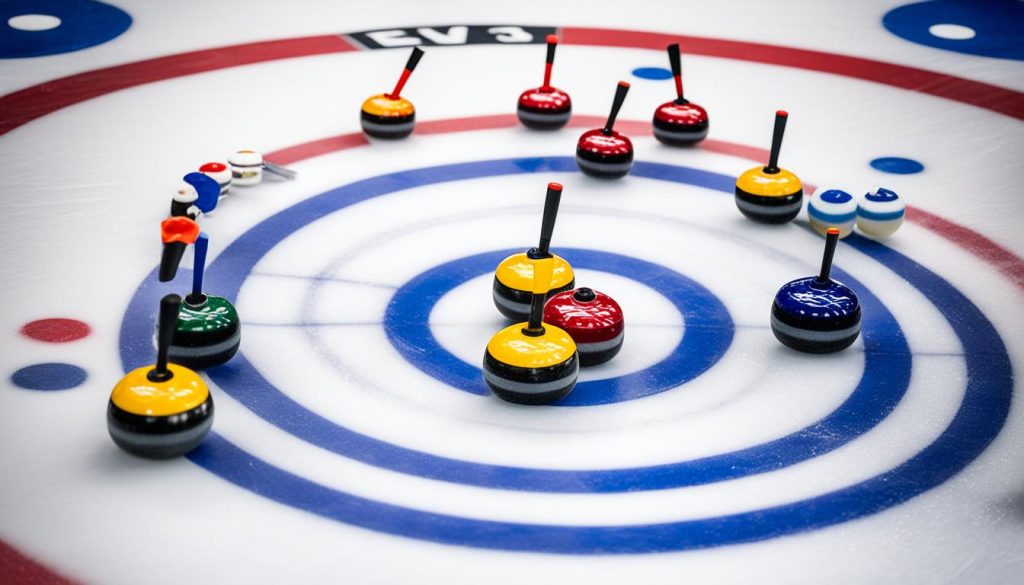
| Equipment | Description |
|---|---|
| Curling Stones (Rocks) | Polished granite stones weighing around 44 pounds each. |
| Curling Brooms | Specially designed brooms used for sweeping the ice in front of the stones. |
Learning the Rules and Scoring System
To play curling effectively, it is essential to understand the rules and scoring system of the game. Curling has its own set of specific regulations that govern gameplay and determine how points are awarded.
The basic rules of curling involve two teams taking turns to slide stones towards the house, which is the target area. The objective is to get the stones as close to the center of the house as possible. This requires precision, strategy, and teamwork.
In each end of the game, which is similar to an inning in other sports, only one team can score. The points are allocated based on the number of stones that are closer to the center of the house than the opponent’s stones. The team with the stone closest to the center scores the points.
It is important for players to be familiar with these rules and the scoring system to play curling effectively. Understanding how points are awarded helps players make strategic decisions during gameplay and devise effective strategies.
What Happens in the Case of Ties?
In the event of a tie where both teams have the same number of stones closest to the center, no points are awarded for that end. The end is considered blank, and the game proceeds to the next end. Players continue to compete, accumulating points throughout the game until all the ends are played.
By familiarizing yourself with the curling rules and scoring system, you’ll be better equipped to understand the intricacies of the game and make calculated moves on the ice.
How to Play Curling Effectively?
Playing curling effectively requires mastering a variety of techniques that significantly contribute to the overall gameplay. These techniques encompass curling delivery, curling sweeping, and curling stone placement. By honing these skills, players can enhance their performance on the ice and gain a competitive edge against their opponents.
Curling Delivery
The delivery of the stone is a fundamental technique in curling that involves the player pushing off with one foot and applying intentional rotation to make the stone curl in the desired direction. The placement of the player’s body and the level of rotation applied significantly influence the stone’s trajectory. Through practice and precision, players can achieve the desired curling effect to strategically position their stones closer to the target area.
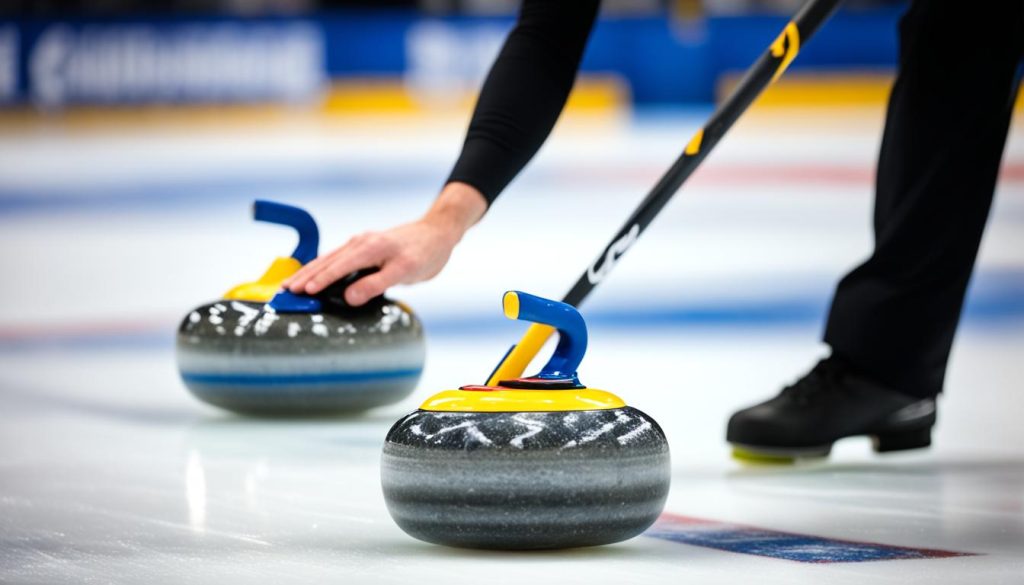
Curling Sweeping
Sweeping is a critical technique used to manipulate the stone’s path and speed. By sweeping the ice in front of the stone using a broom, players can reduce friction and create a smoother surface. This allows the stone to travel farther and gives the player more control over its direction. Additionally, sweeping can help to remove debris from the ice and influence the stone’s trajectory, making it an essential skill for effective gameplay.
Curling Stone Placement
Strategic stone placement within the house is vital for gaining an advantage over the opponent. By carefully considering the position and orientation of each stone, players can set up opportunities for scoring points and also create obstacles for their opponents. Understanding the angles, weight, and rotational effects of each stone is crucial in making precise stone placements that align with the team’s overall strategy.
| Benefit | Technique |
|---|---|
| Enhanced stone trajectory | Curling Delivery |
| Improved control and direction | Curling Sweeping |
| Strategic advantage and scoring opportunities | Curling Stone Placement |
Mastering these curling techniques requires practice, dedication, and a deep understanding of the game’s intricacies. By incorporating these skills into gameplay, players can elevate their performance and play curling at a higher level, setting themselves up for success on the ice.
Understanding Curling Positions and Roles
Each player in a curling team contributes to the overall strategy and success of the game by assuming specific positions and roles. Understanding these positions and roles is essential for effective teamwork and coordination on the ice.
The Lead
The lead is responsible for throwing the first two rocks of the end. Their primary objective is to set up a solid foundation for the team’s strategy by placing guards, which are stones that serve as obstacles to prevent the opponent’s stones from reaching the house. Additionally, the lead plays a crucial role in sweeping, using the broom to direct the path and speed of the stone.
The Second
The second handles the third and fourth rocks. Their focus is on executing takeouts, which involve removing the opponent’s stones from the playing area. This player also participates in sweeping, using their expertise to strategically manipulate the stone’s trajectory. The second’s contribution is vital in creating advantageous scenarios for the team.
The Third (Vice or Mate)
The third, also known as the vice or mate, throws the fifth and sixth rocks of the end. This player’s role includes assisting the skip in strategy development and shot setup. The third player’s ability to read the ice, analyze the positions of the stones, and anticipate the opponent’s moves is crucial for making informed decisions and executing shots effectively.
The Skip
The skip is the team captain and plays a central role in determining the overall strategy. This player is responsible for making the final shots of the end. The skip’s decision-making skills, strategic thinking, and ability to assess and adapt to different game scenarios are vital for achieving success on the ice. The skip coordinates with the other team members, communicates the strategy, and guides the team’s overall performance.
All members of a curling team work together to execute shots, communicate effectively, and adapt to ever-changing game situations. Successful collaboration and synergy among the positions and roles are key to achieving the desired outcome and outplaying the opposition.
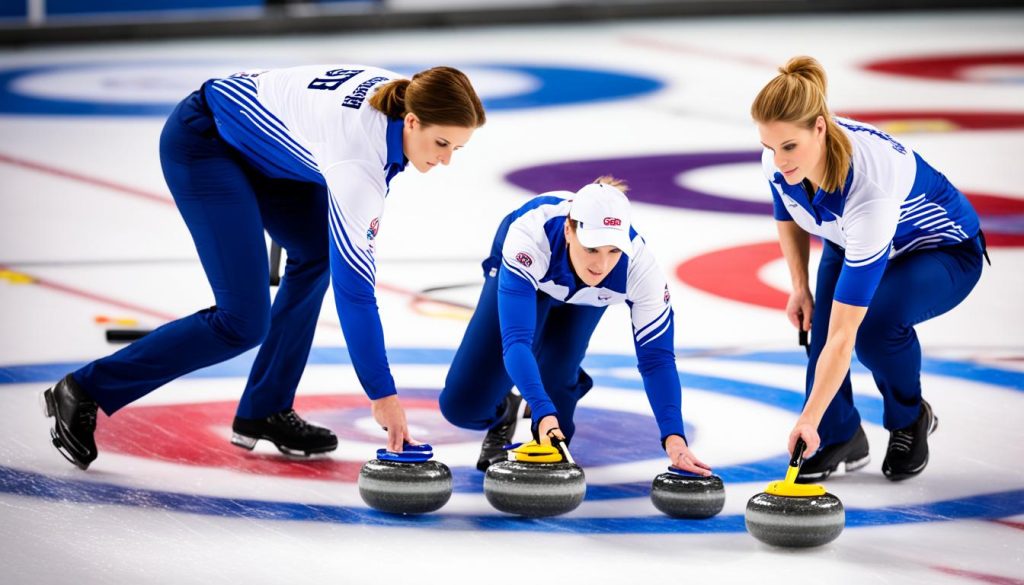
By understanding the distinct responsibilities and contributions of each curling position, teams can optimize their gameplay, strategize effectively, and increase their chances of victory. The synergy between positions and roles, combined with skillful execution, is the backbone of a successful curling team.
Developing an Effective Curling Strategy
Curling strategy is a crucial element in achieving success on the ice. The skip, who is the team’s leader, plays a primary role in determining the strategy. This includes making decisions about shot placement and sweep calls. A well-designed strategy involves carefully assessing the opponent’s stones, anticipating their next moves, and strategically positioning your team’s stones to gain an advantage.
When developing an effective curling strategy, it is important to consider various factors. Firstly, experience and knowledge of the game are essential. The more familiar you are with the intricacies of curling, the better equipped you will be to make informed decisions. Additionally, effective communication within the team is crucial to create a coordinated and synchronized approach.
One key aspect of curling strategy is analyzing the opponent’s stones. By assessing their positioning and potential shot options, you can anticipate their next moves and adjust your strategy accordingly. This allows you to strategically place your team’s stones to disrupt their plans and increase your chances of success.
Another important element of an effective strategy is making strategic decisions during the game. This involves considering different shot options, analyzing the potential outcomes, and selecting the one that offers the best advantage. A good strategy takes into account both offensive and defensive moves, maximizing the potential for scoring while minimizing the opponent’s opportunities.
Effective curling strategy also requires adaptability. As the game progresses and new information becomes available, it is essential to adjust the strategy accordingly. Being open to change and able to quickly make decisions based on the evolving situation is a key attribute of a successful skip.
Remember to always communicate and collaborate with your team members when developing and executing your strategy. Their input and insights can provide valuable perspectives and help refine your approach. Additionally, a well-coordinated team effort can maximize the execution of your chosen strategy.
In summary, developing an effective curling strategy is a combination of experience, knowledge of the game, and effective communication within the team. By carefully analyzing the opponent’s stones, making strategic decisions, and remaining adaptable throughout the game, you can increase your chances of achieving success on the ice.
Conclusion
Curling is an incredibly captivating and strategic sport, suitable for individuals of all ages and genders. By acquiring a solid foundation in the fundamental aspects of playing curling effectively, comprehending the rules and scoring system, honing essential techniques, and formulating a successful strategy, novice players can embark on their curling journey with confidence. Through consistent practice and experience, participants can relish the exhilaration of competing on the ice and cultivate the strong sense of camaraderie that accompanies this unique winter activity.


